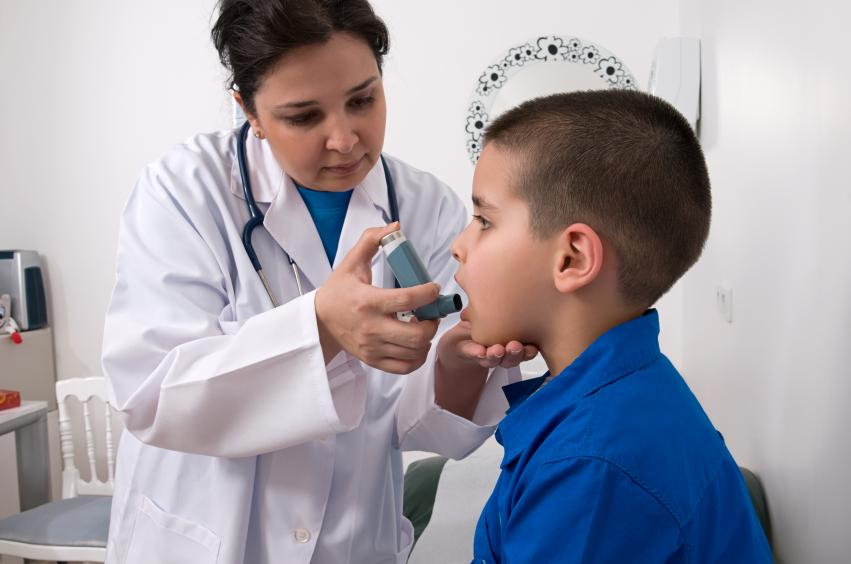- Tests at India's National Institute of Virology have confirmed a Nipah virus infection in a 42-year-old woman hospitalized in India's Kerala state, The Hindu reported today. The patient is from Malappuram district, and the positive test marks the seventh Nipah virus appearance in Kerala state since 2018. The woman's symptoms began on April 25, and she was hospitalized a few days later when her condition worsened and she initially tested positive for dengue virus. When her condition didn’t improve, her medical team sent her samples for Nipah testing. Of blood, throat, and urine samples collected, only the urine sample was positive, which a health official said could reflect the woman's late stage of infection. Samples collected from seven of the woman's high-risk contacts were negative for the virus. The report did not detail the source of the woman's infection. The virus is typically spread by fruit bats, and people can contract the virus by consuming palm sap or fruit contaminated by bat urine or feces.
- The US Department of Agriculture (USDA) Animal and Plant Health Inspection Service (APHIS) has reported one more H5N1 avian flu detection in dairy cattle, in another herd from Arizona. The virus has now been detected in 1,053 herds across 17 states, which now include 4 in Arizona.
- Two African countries reported more polio cases this week, according to the latest weekly update from the Global Polio Eradication Initiative (GPEI). Chad reported one more circulating vaccine-derived poliovirus type 2 case (cVDPV2), its ninth of the year. The patient from Chari Baguirmi had a February 19 paralysis onset. And Guinea reported a circulating vaccine-derived poliovirus type 3 (cVDPV3) case, which appears to be its first of the year. The patient is from Kankan and had paralysis onset on March 7.
Quick takes: Nipah in India, H5N1 in Arizona cows, polio in 2 nations
Survey of general practitioners reveals challenges to appropriate antibiotic prescribing

A survey of general practitioners (GPs) from nine low- and middle-income countries highlights challenges for appropriate antibiotic prescribing, researchers reported this week in PLOS Global Public Health.
The cross-sectional survey was sent to more than 14,000 GPs in Algeria, Egypt, India, Morocco, Pakistan, Saudia Arabia, Thailand, the United Arab Emirates, and Vietnam in October 2023. The primary objective was to assess the attitudes and practices of GPs regarding appropriate antibiotic prescribing, particularly in patients with respiratory tract infections, and their views on antimicrobial resistance (AMR). Of the 9,249 GPs who responded to the survey, 1,008 responses (78.8% male; 9o.8% aged 35 to 54 years; 60% from urban areas) were included in the final analysis after quality control.
Of the respondents, 62.1% agreed that AMR is a concern in their country of practice, and 62.8% said that prescribing antibiotics in primary care contributes to AMR. While 46.4% of GPs concurred that most upper respiratory tract infections (URTIs) are caused by viruses, 40.7% said that antibiotics are helpful in treating URTIs. Patients not completing the antibiotic course, improper prescription of antibiotics, and self-medication by patients were identified as the top-ranked factors contributing to AMR.
Most GPs agree on need for training on antibiotic therapy
Difficulty in correlating susceptibility data (53%), limited availability of information on antibiotics (52%), and lack of availability of appropriate antibiotics (51%) were cited as important challenges for appropriate antibiotic selection. About 94% of the participants agreed that there is a need for training programs on antibiotic therapy.
When asked if they referred to guidelines for appropriate antibiotic selection, 45% of GPs responded that they use guidelines "often," while 32% responded that they use guidelines "sometimes." Outdated guidelines, lack of easy-to-read reference materials, and lack of local guidelines were identified as the top factors limiting the use of guidelines.
"Considering the constantly evolving landscape of AMR and related guidelines, relevant training should be offered frequently, as identified by the survey participants," the study authors wrote. "The findings may also have implications for other healthcare providers, such as pharmacists, underlining the need to address practices such as self-medication."
Enterovirus D68 can lead to severe respiratory illness in even healthy kids

Enterovirus D68 (EV-D68) can cause severe acute respiratory illness (ARI) in otherwise healthy children of all ages, with hospitalized children who have an underlying condition other than asthma or who have reactive airway disease (RAD) at higher risk for poor outcomes, finds a study published yesterday in JAMA Network Open.
A team led by researchers from the US Centers for Disease Control and Prevention (CDC) mined data from the New Vaccine Surveillance Network, a system based in emergency departments (EDs) and hospitals at seven US pediatric medical centers.
Children with medically attended ARI who tested positive for EV-D68 were enrolled during platform-wide EV-D68 testing periods (July to October 2017, July to November 2018, July to November 2020, and July 2021 to December 2022). Patients had at least one qualifying ARI symptom for less than 14 days at enrollment.
EV-D68 causes mild to severe ARI, including asthma exacerbations, and is tied to acute flaccid myelitis, a rare but serious neurologic condition causing limb weakness and variable recovery of function. Symptoms of EV-D68 infection may include apnea, cough, earache, fever, muscle pain, nasal congestion, sore throat, vomiting after coughing, shortness of breath, and wheezing.
Half of those hospitalized had no chronic condition
A total of 976 children tested positive for EV-D68, the median age was 47 months, 40.1% were girls, and most were enrolled in 2018 (382 children) and 2022 (533). Of the 856 children infected with only EV-D68, 320 were released home from the ED, and 74.1% of them had no underlying conditions. The remaining 536 patients were hospitalized, half of them having no chronic conditions.
Additional years of active surveillance are critical to fully understand EV-D68 epidemiology as disruptions from the COVID-19 pandemic dissipate, and health care preparation for severe EV-D68 outcomes is prudent.
Of the 536 hospitalized patients, 37.1% had asthma or RAD, and 14.4% had a different condition. The presence of a non-asthma condition or RAD was linked to a higher probability of requiring supplemental oxygen (adjusted odds ratio [aOR], 2.72) or intensive care (aOR, 3.09).
"Additional years of active surveillance are critical to fully understand EV-D68 epidemiology as disruptions from the COVID-19 pandemic dissipate, and health care preparation for severe EV-D68 outcomes is prudent," the authors wrote.











